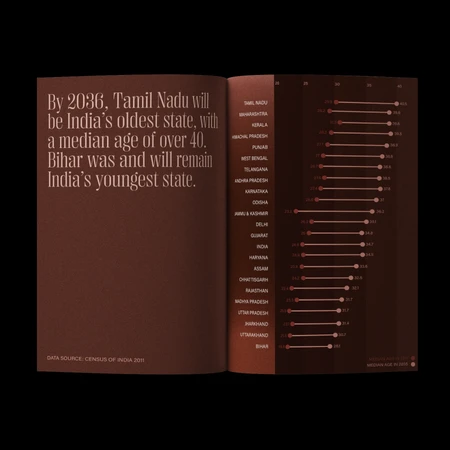
PROJECTIONS OF INDIA 2011-2035
Population projection is a scientific attempt to peep into the future population scenario, under certain assumptions by using available data at that point in time. The assumptions made with the probability of their coming out to be true, form a critical input in this mathematical effort.
Predicting the future course of human fertility and mortality is not an easy task, especially when looking ahead in time, is bound to be influenced by medical and health intervention strategies, food production and its equitable distribution, climatic condition, socio-cultural setting, politico-economic conditions and a host of other factors affecting the population dynamics. This makes it a really difficult exercise. Therefore, caution must be exercised while making or using population projections in the context of various conditions imposed.
The need for population projection in India at various levels and by different components like age, sex, rural-urban, etc., for use by the official agencies across the board, both at the center and
the states, was keenly felt in 1958 on the eve of the formulation of the Third Five Year Plan. From time to time, the official level projections of the country’s population also became necessary for planning purposes.
Being the second most populous country in the world, the size and growth of India’s population have remained a matter of great interest not only to India but to the outside world also.
Different population projections at the country level are made by the government, and national and international agencies from time to time. In addition, individual demographers make their own projections for the country as a whole and, sometimes, at the sub-national level also.
The international agencies which make projections for the world and for individual countries are the United Nations Population Division (UNPD), the World Bank, the United Nations Population Fund (UNFPA) etc.














